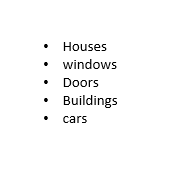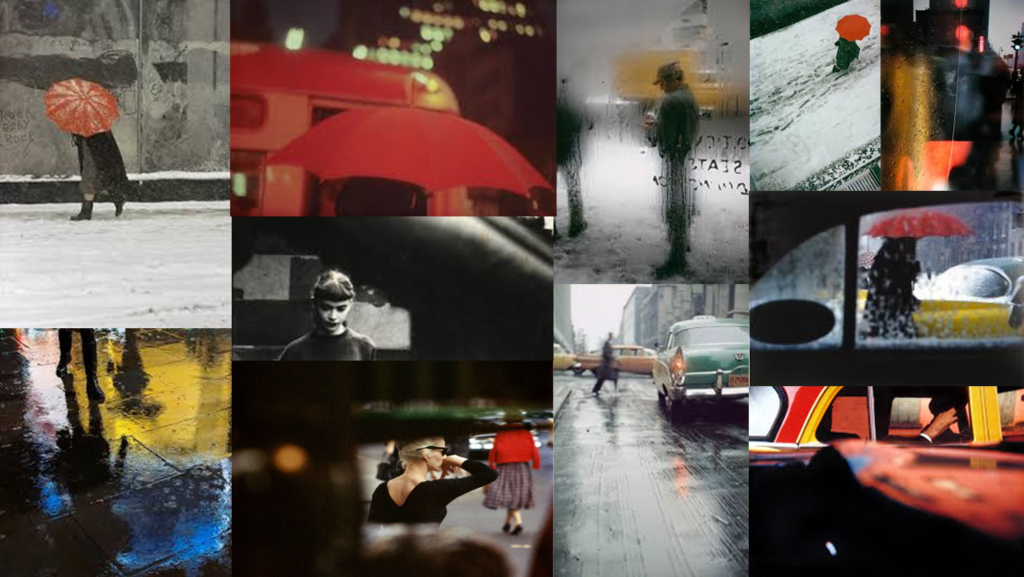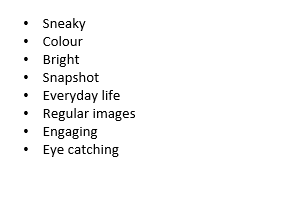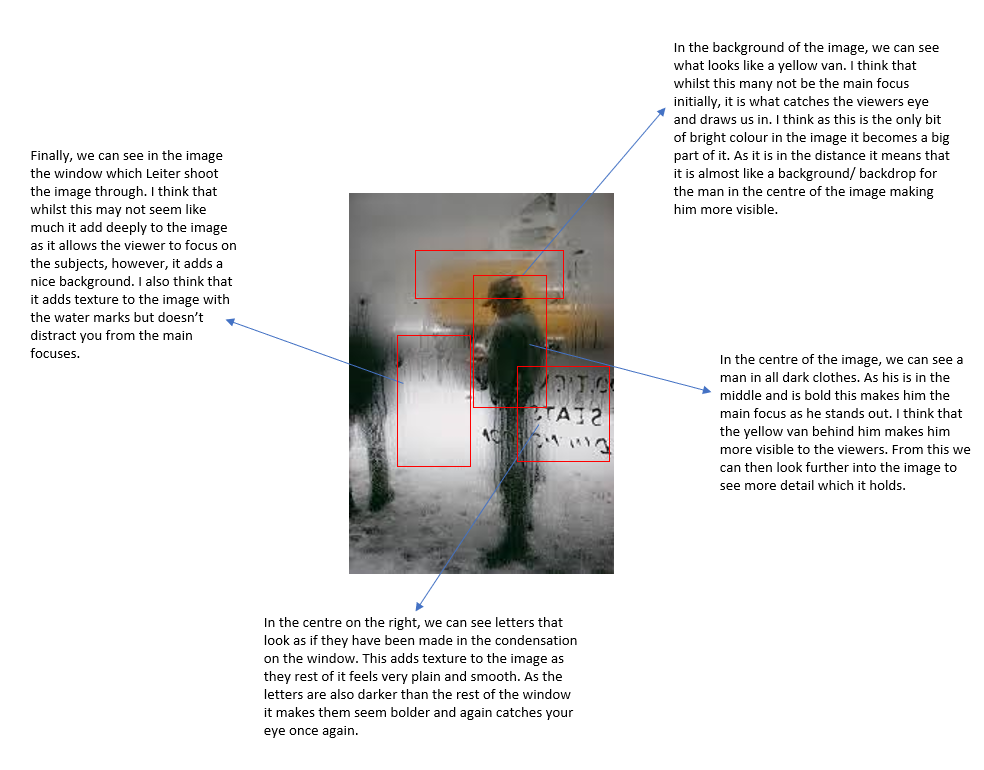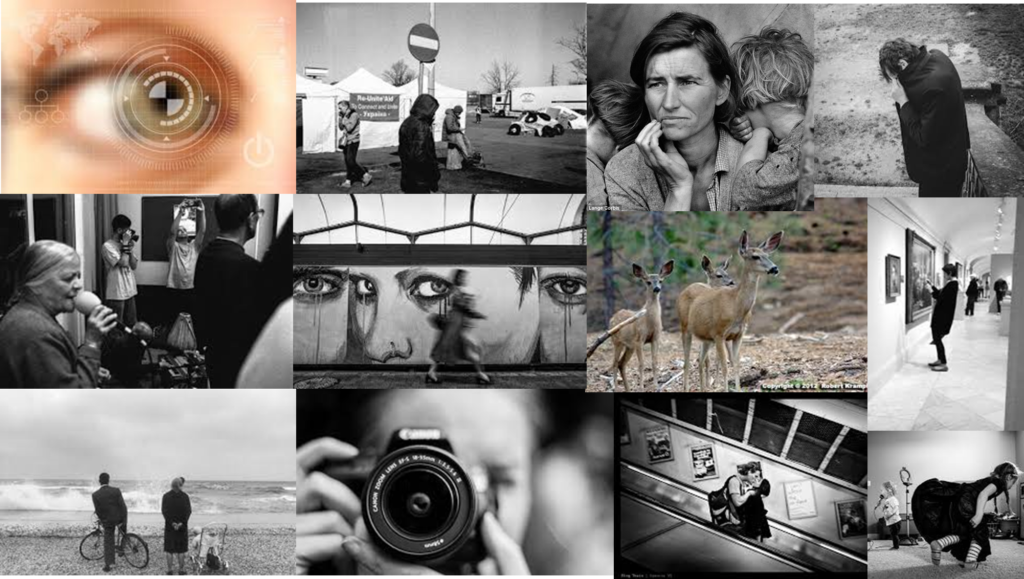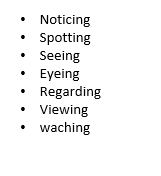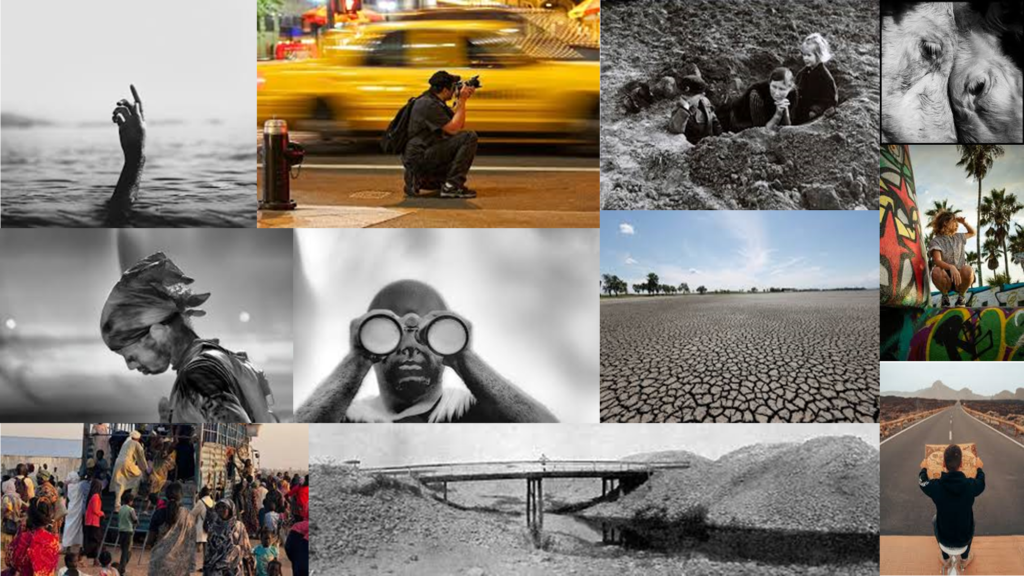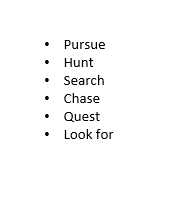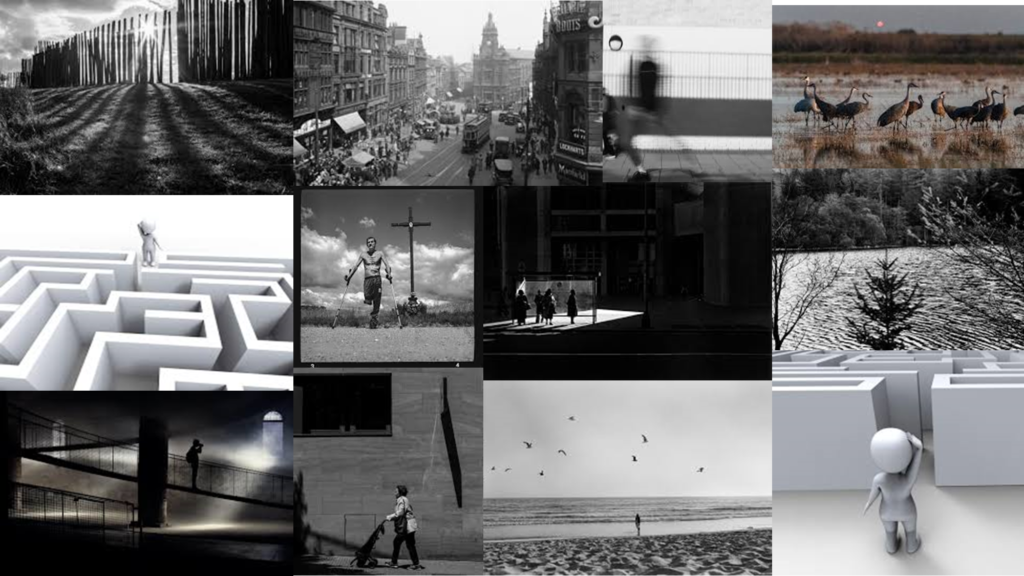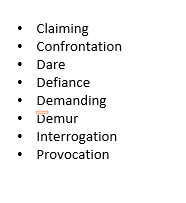For my final exam study I want to explore the history of colour photography and how it has evolved over the years to become what it is now. One of my main inspirations is Pamela Roberts’ book ‘the genius of colour photography’ and with in it William Eggleston and Saul Leiter. Both of these photographers used different processes to achieve their colour images as it never used to be as easy as it is now. I am going to focus on William Eggleston as my main artist as I think his images all have something unique about them. As Eggleston was an American photographer my images won’t be exactly like his, I am going to take advantage of this and take images of Jersey in the style that he did of America but also in a more modern way. Many of the processes that they used back then aren’t used anymore as technology have evolved in many ways. Within my images I am going to focus on objects such as buildings ad cars and that’s what Eggleston focused on mainly. Saying this, I am also going to photograph things like nature and boats as Jersey has many. Within colour, I think that many people take it for granted now and don’t take in its true beauty. Back when Eggleston took image that I am inspired by it was seen as a great deal to be taking images in colour whereas now everyone and anyone can do it whether its on a phone or a camera etc. Over Jersey there are many things I can photograph which I think that you just have to look for, colour to us in images it just something you see everyday but back them it was seen as much more which I think people take for granted now. I hope to use my project as a way of admiring colour photography and making it something more special as it once was. The majority of my images will be taken in landscape in order to include all of the object but certain images may have to be portrait. Once I have taken my images I am going to edit them slightly on Lightroom Classic, to just make sure that they are clear, straight and focused, I am also going to experiment with a few of them. After that I am going to present them in three ways. Firstly I am going to produce a photobook with my images, secondly I am going to make some final prints where I will mount my images in different ways, some on their own and some in a collection to shoe the contrast that I find over the Island. Finally, I am going to produce a virtual gallery to show viewers what some of my images would look like in a gallery and how I would set them out in a way to show the story behind my study. My overall aim it to get viewers to appreciate colour photography once again like it used to be back when it was first introduce, and become more than people just taking images for the sake of it.

